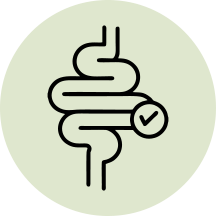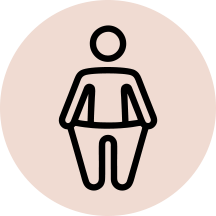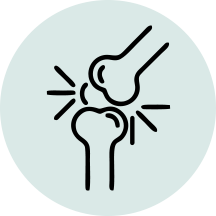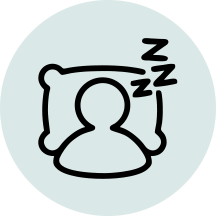This ancient healing system, Ayurveda, is based on balancing your body’s natural energies, called doshas—Vata, Pitta, and Kapha. When these doshas are in balance, we feel good. But when they’re not, it can lead to stress, discomfort, and low energy. In this blog you are going to read about the five effective practices for balancing doshas. Let us explore!
1. Dinacharya: an aligned routine
Ayurveda promotes a structured daily routine essential for maintaining harmony between the body, mind, and the environment. It helps prevent illness, and promote overall well-being by syncing our daily activities with the natural flow of the day.
2. Abhyanga: in the direction of the anga or body part

An ayurvedic practice of self-massage with warm oils which relieves pain, heals and balances body. The oil is applied in the whole body which promotes blood circulation, skin health, immune health and nourishes in the entire body.
3. Vyama(exercise) and pranayama( deep breathing and meditation)
In Ayurveda for a healthier lifestyle you must address both body and mind. Vyama in Ayurveda includes activities such as yoga, walking, swimming, and other forms of exercise that stimulate circulation, improve flexibility, and build strength. Pranayama means controlled deep breathing, on the other hand, aiming to calm the mind, increase mental clarity, and support overall health.
4. Snana : bathing
Snana or bathing cleanses the body and the mind, a form of relaxation which removes dirt and refreshes the body and rejuvenates the mind further helping with dosha balance, improved skin health and detoxification of the body.
5. Ahara: diet

Aahara is the most important pillar of the health which includes consumption of saatvik, rajsik and tamasik foods directly impacting the physical as well as mental health. The right type of foods helps nourish dhatus (tissues), support digestion(Agni) and balance three doshas leading to a harmonious life.
6. Panchkarma : Detoxification
Panchkarma is intended to eliminate accumulated toxins, restore dosha balance targeting deep purification of the body at the physical, mental, and emotional levels. This Ayurvedic therapy is performed after the preparatory stage (purvakarma) Snehana (oleation) and Swedana (sudation or sweating therapy).
Panch karma involves five cleansing procedures:

1. Vaman (Theurapeutic emesis) : In order to help balance kapha this treatment involves induced vomit, to regulate skin and respiratory problems.
2. Virechan (Therapeutic Purgation): It involves consuming herbal laxatives or purgatives for balancing pitta dosha and clear toxins that cause digestive issues.
3. Basti (Medicated enema): Medicated enema therapy that nourishes tissues, and helps eliminate toxins, especially for conditions related to Vata imbalances like joint pain, constipation, or anxiety.
4. Nasya (Nasal Therapy): A form of panchakarma which involves the administration of ghee, medicated oils, decoctions, or herbal preparation for cleansing nasal route and treat in the head, neck, and respiratory areas.
5. Raktamokshana( Bloodletting )
Aimed at remove impure or stagnant blood or purifying the blood by removing toxins (Ama) balancing Pitta dosha, which governs heat and metabolism in the body. This purifies the blood to eliminate toxins and imbalances in the body.
Conclusion
These Ayurvedic Practices bring balance and harmony to your body, mind and spirit. Aligning following practices with your natural lifestyle can foster overall wellness. Remember to indulge in self care, stay hydrated, eat mindfully and monitor your overall health. As Ayurveda teaches us that health is not just the absence of disease; it’s the balance of mind, body, and spirit.


















7 comments
wa9g46
oz1ntt
j27rbl
bgwlwd
6an4up